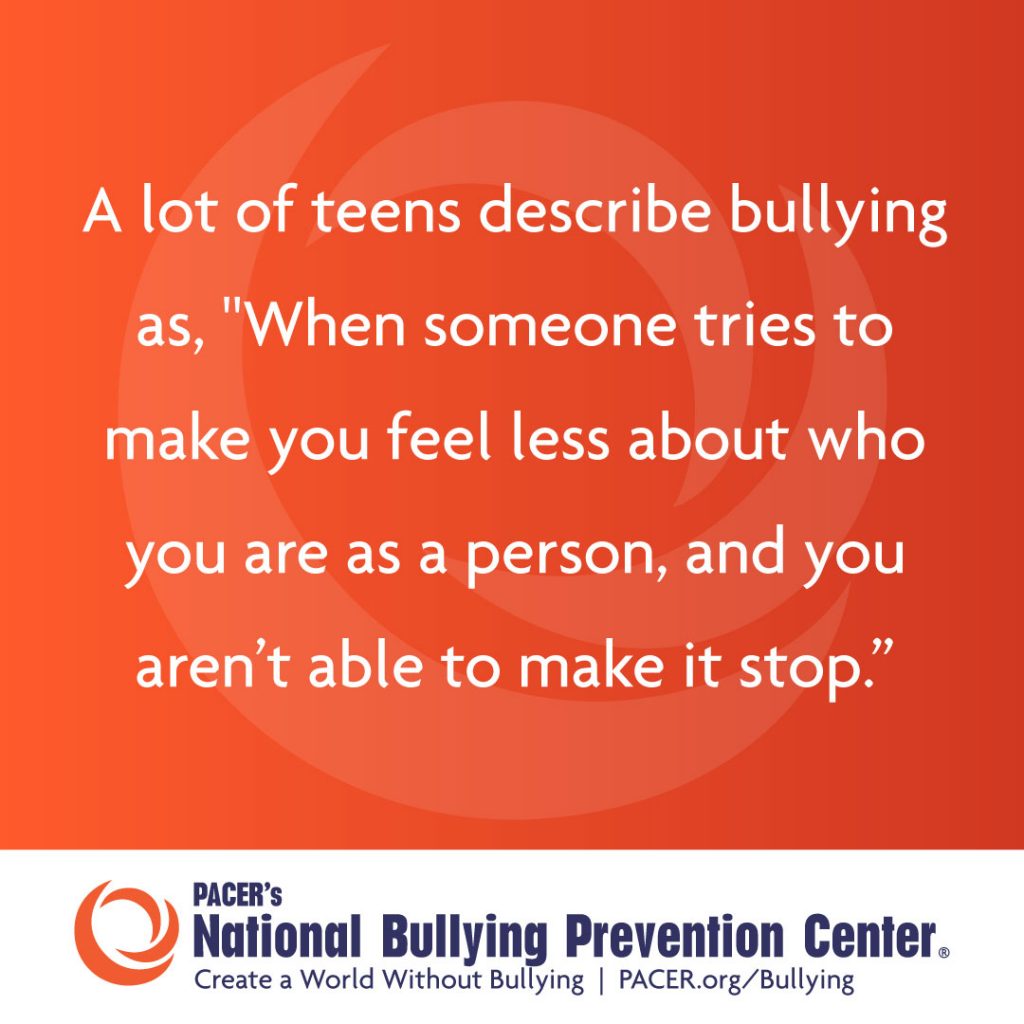Sharing is caring!
Bullying is an intentional act to make someone feel less than you actually feel. Anyone can bully. It’s important to know the differences and to know how to make it stop.
Although bullying is often associated with high school, did you know a child can actually start showing bullying tendencies from the age of just two years old? Unless it is picked up on and addressed quickly, this bullying behavior can continue into adulthood.
Bullying has always been present in elementary school, it just tends to be overlooked. So, if you’re worried your child may be being bullied, or you’re concerned your child may be the bully themselves, here you’ll discover everything you need to know about what bullying is in elementary school. None of these listed below is completely right or completely wrong, though.
It’s all about what the intent is, and what happened after, and even how it was handled, and not if it just happened once. Bullying has so many underlying affects on everyone.
Bullying is more than disagreements, differences of opinion, or conflicts that occur between friends and classmates.
Bullying definitions typically include:
- The person is being hurt, harmed, or humiliated with words or behavior
- the intent is there
- The behavior is repeated or there is a concern that it will be repeated
- The behavior is being done intentionally
- The person being hurt has a hard time stopping or preventing the behavior
- The hurtful behavior is usually carried out by those who have more power, such as being older, being physically bigger or stronger, having more social status, or when a group of students single out an individual.

The difference between bullying and teasing
It can be difficult for young children to differentiate between bullying and teasing. At this age, they’re learning more about social friendships and they’re much better able to regulate their emotions. However, it can still difficult for them to understand whether they’re being teased or bullied.
Generally speaking, teasing tends to go back and forth between two or more children, while bullying is purely one-sided. Teasing is good natured and will stop if one child says they don’t like it. Bullying on the other hand carries on after the child has asked the bully to stop, and can even occur more often, and by the bullies friends and anyone that sees, hey, I can pick on this kid. Teasing can easily develop into bullying.
Although bullying can take many different forms these days, in elementary school, it can be pretty much described as:
- A pattern of behavior used by a single child, or a group of children, to intentionally and repeatedly gain power over the victim.
- Threats made against the child
- Name calling
- Attempt to socially alienate a child by spreading rumors, playing pranks and not including the child during playtime or as part of the group.
Also, and this point is oh so important. The teacher will say, oh they are playing nicely together now, I will let that continue. For the love of God, no. Don’t even think about it. And they do this time and time again, even after the two wind up in the principles office (can you tell, as parents, I have been there a lot???!!) I have seen this happen even after I specifically have told the teach do not let them play together. It always winds up bad.
The key point to focus on above, is that bullying is a “pattern of behavior”. It isn’t a one-off event, or a single act of aggressive behavior, usually. Similarly, with social exclusion, it would need to be consistent exclusion. It’s actually the most difficult type of bullying to pinpoint as the child may simply be excluded from things for innocent reasons which have nothing to do with bullying or singling them out.
Some types of bullying can be difficult for teachers and parents to identify. Therefore, it can help to look out for signs your child may be being bullied.
How common is bullying in elementary schools?
Bullying is a lot more common in elementary schools than you might think. In the US, around 53% of children in elementary school report being bullied.
One of the reasons it often goes undetected is because parents don’t typically expect their younger children to be bullied; it’s a problem most associate with high school. So, they don’t fully understand or look for the signs their child may be being bullied.
The above is just a very basic description of what bullying is. Though elementary school bullying may be seen as generally a lot less serious than high school bullying, this sadly isn’t always the case. All forms of bullying should be handled appropriately and as early as possible to stop the behavior from escalating.
What Bullying Is Not
Bullying can take on many forms these days and it’s a problem faced by a lot of elementary schools. However, it can sometimes be difficult to establish what bullying is, and more importantly, what it isn’t.
The trouble is, labelling just any aggressive behavior as bullying can actually make the problem worse. It can unnecessarily turn a minor issue into a major one.
There’s also the risk that if the term bullying is thrown around to describe any negative behavior, it could start to jeopardize all of the hard work anti-bullying organizations, schools and parents have done.
If you’re unsure what constitutes as bullying, below you’ll discover everything bullying is not.
There’s no denying bullying isn’t always easy to pick up on. However, there’s some behaviors which are sometimes labelled as bullying, even though they’re not. Just some of the behaviors elementary school children may display which aren’t considered bullying, include:
- Saying they don’t like someone
- A child wanting everything they’re own way
- A single joke being told about someone
- Arguments
I want to hear from you all on this point. What do you think bullying is, has it happened to you? I want to take this topic further. I want to get this out to all teachers and students, since it is so very important!
Even in 2021, bullying happens! In cyber form, and then it’s so much worse. Bullying has happened since the very beginning of time. Let’s go back to the story of Adam and Eve and the snake. Yes, the snake. Watch out for the snakes in the grass, in school, in the workplace. It happens in adulthood. It happens all the time. Parents, teach your kids about bullies early on. How to handle it, how to report it, that they should report it, and it’s not just tattling! Teach them the difference. You will be glad you did! Let’s stomp out bullying in 2021!

